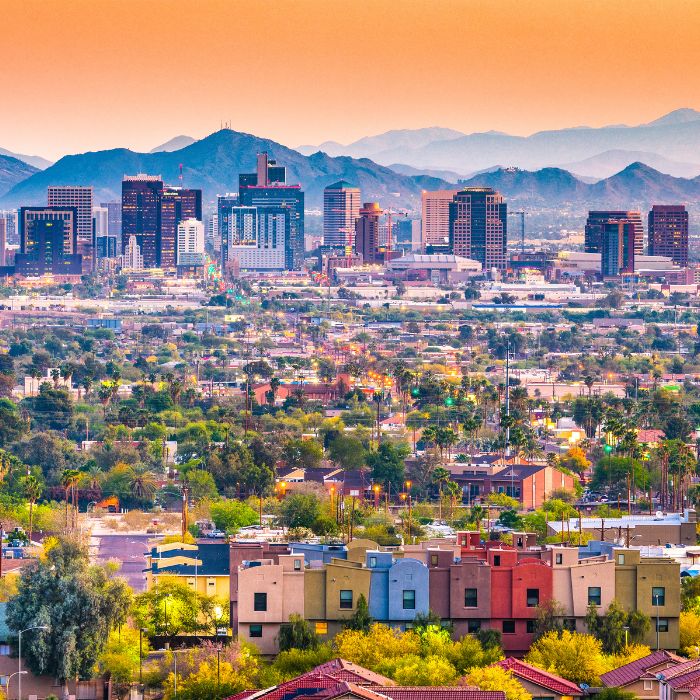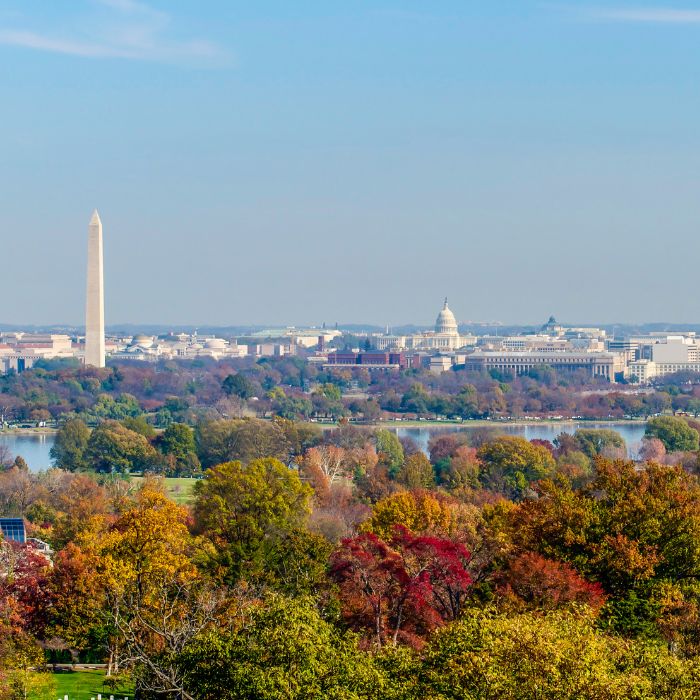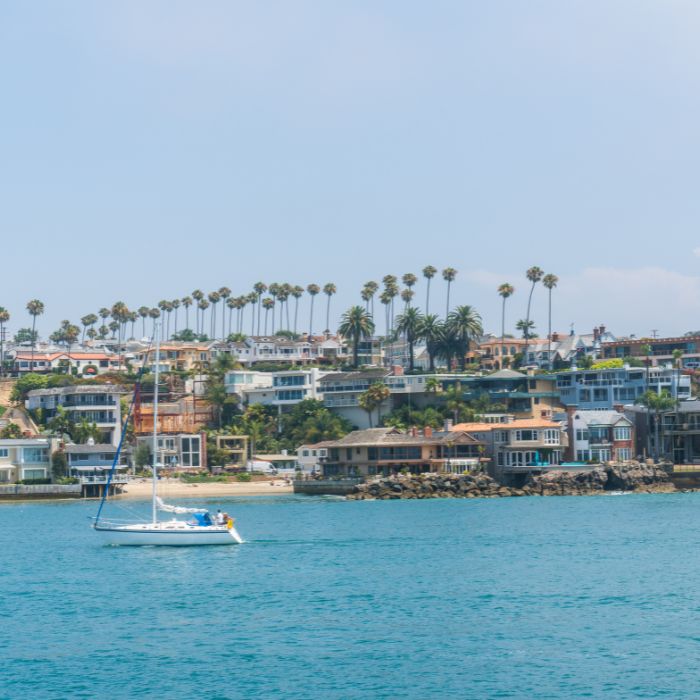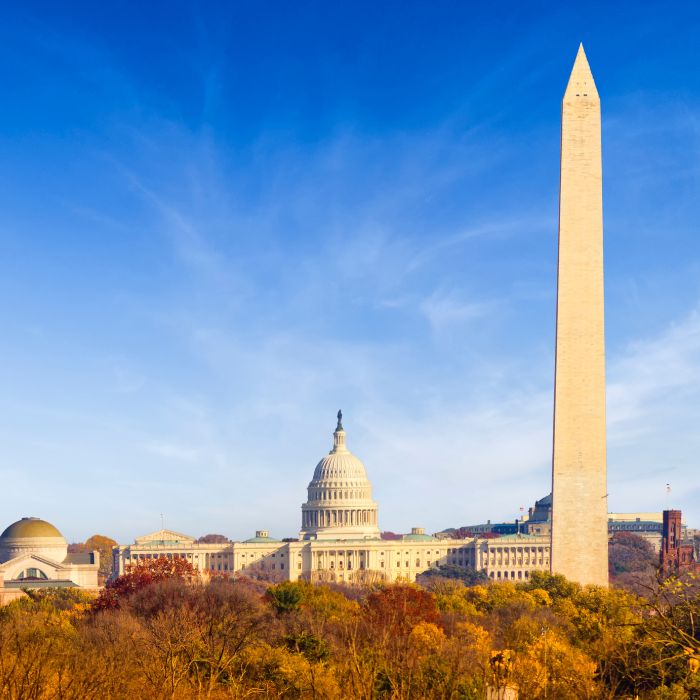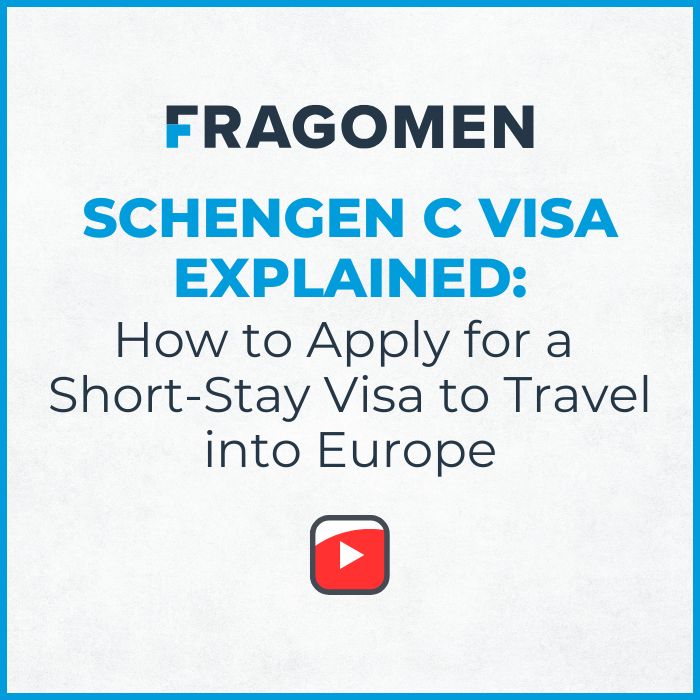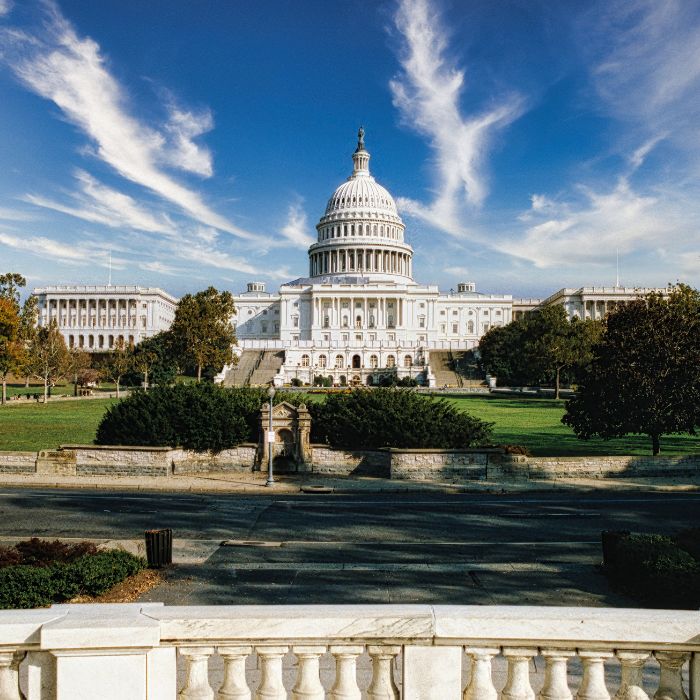Not Getting Selected in the H-1B Lottery is Not the End of the Road: Other Options May Be Available
June 20, 2025
Given the competitive nature of this year’s H-1B lottery, many qualified individuals were not selected. In FY 2026, only 120,141 of the 343,981 eligible registrations were selected—less than 35%. While the H-1B visa is often viewed as the most common path to working in the United States, the immigration landscape is more diverse than many realize. Fortunately, there are several alternative visa categories to consider, including options that do not require employer sponsorship and some that offer a direct path to a green card.
The following alternative options may be suitable depending on an individual’s background, field and nationality.
Special Visa Categories Based on Nationality and Treaty Eligibility
Individuals from certain countries may be eligible for specific treaty-based visa classifications that are not subject to quotas or have quotas that historically have not been reached. For instance, Canadian and Mexican citizens working in qualifying professional roles under the USMCA may apply for the TN visa. Citizens of Chile or Singapore may qualify for the H-1B1, and Australian nationals may be eligible for the E-3 visa.
These visas offer similar benefits to the H-1B and, in some cases, involve fewer procedural hurdles. However, unlike the H-1B, these are not dual intent, meaning that pursuing permanent residency while on these visas can carry additional risks and complications. Moreover, these visas generally require sponsorship by a US employer.
E-1 Treaty Trader and E-2 Treaty Investor Visas
Another treaty-based option is the E-1/E-2 visa category, which is available to nationals of countries with which the U.S. maintains a treaty of commerce and navigation (more than 70 countries). The E-1 visa allows an individual to engage in substantial trade, including trade in services or technology, in qualifying activities, principally between the United States and the treaty country. The E-2 allows an individual to develop and direct the operations of an enterprise in which the individual has invested a substantial amount of capital that is not marginal (an investment that can generate more than minimal income for the investor and their family).
One advantage of the E-1/E-2 visa category is that spouses on a dependent E-1/E-2 visa are eligible for work authorization in the U.S. In addition, depending on the applicant’s nationality the visa can be issued for up to five years. E-1/E-2 visas can generally be renewed indefinitely, as long as the qualifying business remains active and continues to meet the requirements. This visa may be an ideal fit for entrepreneurs looking to acquire or build their own businesses in the US, or conversely to work for an enterprise that is at least 50 percent owned by nationals of the same country.
EB-5 Immigrant Investor Visa
In contrast to these temporary visa options, the EB-5 is an immigrant visa category which offers a direct path to US permanent residency (green card) through investment. It is distinct from the E-2 visa in that it leads to a green card and typically does not entail the same level of involvement in the management of the enterprise.
The EB-5 visa requires making a minimum investment of $1,050,000, or $800,000 in a targeted employment area (TEA), that creates or preserves at least 10 full-time jobs for qualifying US workers. The investment must come from a lawful source and may be gifted to the investor, as long as the gift is properly documented, and the donor's source of funds is also lawful.
A key advantage of the EB-5 program is that the priority date is “current” across all countries, including traditionally backlogged countries such as India and China, for investments in the set-aside categories (rural areas, high unemployment areas, infrastructure projects). This means that qualified applicants can file their Form I-526E (Immigrant Petition by Regional Center Investor) and, if physically present in the US, concurrently file Form I-485 for adjustment of status (the green card application) without waiting years for a visa number to become available. While they are waiting for their Green Cards to be approved, they will receive interim employment authorization and advanced parole travel authorization documents, valid for five years.
However, visas may not remain "current" for much longer. Interested individuals should act quickly if they want to benefit from a concurrent green card filing.
O-1 Extraordinary Ability Visa
Finally, for the highly accomplished individual, the O-1 nonimmigrant visa is available to those who can demonstrate sustained national or international acclaim in their field. This visa category is split into two subcategories:
-
-
- O-1A: For individuals with extraordinary ability in sciences, education, business, or athletics. To qualify, applicants must meet at least three out of eight regulatory criteria or have a major award.
- O-1B: For individuals with extraordinary ability in the arts, or extraordinary achievement in the motion picture or television industry. To qualify, applicants must meet at least three out of six regulatory criteria or have a major award.
-
In addition to meeting at least three of the regulatory criteria, applicants for the O-1 visa are subject to a final evaluation of the totality of all of the evidence in the record. The applicant must establish that they are an individual who has sustained national or international acclaim and is one of the small percentage who have arisen to the very top of their field for an O-1A or that they are an individual who has sustained national or international acclaim and has achieved distinction in the field of arts for an O-1B.
Although the eligibility threshold is high, the O-1 may be a viable option for individuals with a strong record of accomplishment, especially in niche or specialized industries. Importantly, there is no annual cap for the O-1 visa and in certain cases, a US agent may serve as the petitioner, allowing an individual to work with multiple clients or employers. This arrangement may be especially beneficial for those in creative industries or who work on a project basis. Once an individual is on an O-1 visa, they may be able to further strengthen their credentials to meet the requirements for the EB-1A immigrant visa category, which offers a self-sponsored path to a green card.
Final Thoughts
The US immigration landscape is increasingly challenging, with heightened scrutiny of applications, extended processing times and shifting government policies. However, with the right strategy, individuals can still achieve their short- and long-term immigration goals. Fragomen successfully helps clients identify and pursue alternatives to the H-1B lottery while navigating today’s complex and rapidly evolving immigration landscape.
For those uncertain about the most suitable immigration pathway based on their qualifications and aspirations, consultation with an experienced immigration attorney is strongly recommended to ensure a thorough evaluation and a well-structured plan.
Need to know more?
For questions related to the US immigration process, please contact Partner Parisa Karaahmet at [email protected] and Associate M. Esat Acar at [email protected].
This blog was published on June 20, 2025, and due to the circumstances, there are frequent changes. To keep up to date with all the latest updates on global immigration, please subscribe to our alerts and follow us on LinkedIn, Twitter, Facebook and Instagram.





